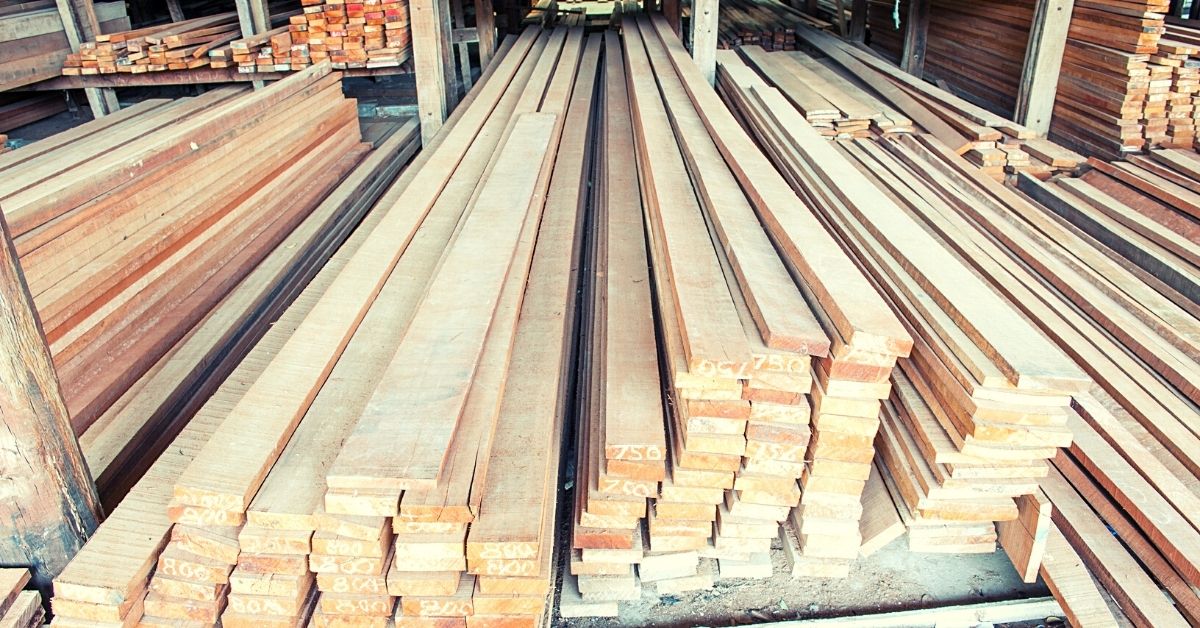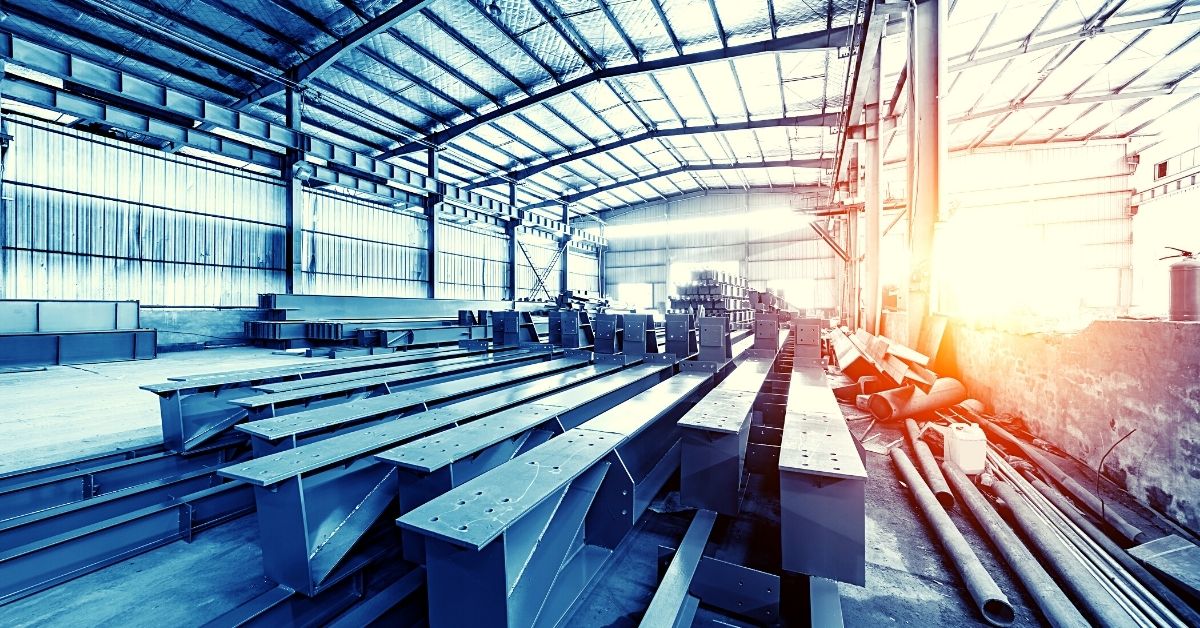By Dan Turpin and Kevin Lahey | Published November 2, 2021
The bad news is: The global supply chain is likely to get worse before it gets better.
The good news is: There’s still something you can do about it.
What started as a result of the reduced production of goods and services during the height of the COVID-19 pandemic led to supply-chain shortages that are not only lingering but intensifying due to reduced inventory, increased demand for goods, and worker and driver shortages. Adding to the issue is a record-breaking backlog of shipping containers stalled outside major ports.
The reduction in supply, coupled with increased consumer demand, has contributed to a major spike in the cost of goods. In the U.S., prices for building materials such as lumber, steel, and copper started the year higher than pre-pandemic prices and are climbing at a record pace. Labor is also more costly. Like most industries, construction is experiencing a shortage of workers.
With no expectation for demand to ease in the short term, the U.S. is expected to maintain the 25% to 30% increase in building costs due to COVID through 2022. In this sustained state of financial pressure, consultants, contractors, and insurance carriers must work together to create a strategic path forward to deal with continued supply chain challenges.
The supply chain crisis’ effect on key building materials
As building projects continue, it’s important to recognize the key trends happening across the market, including how inflation and supply shortages are impacting the cost of key building materials such as lumber, steel, and copper.

Lumber — After hitting an all-time high at $1686 per thousand board feet (TBF) in May, lumber plummeted, going from an extreme shortage to an oversupply in a matter of months. As of October, lumber prices are on the rise once again, reaching above $700 per TBF, projected to increase to above $1,000 per TBF by July 2022. *

Steel — Unlike lumber, steel hit its low this spring. On May 27, steel rebar was $46.50/ton, up from its pre-COVID price of $34.40. Steel is now trending up once again, with the backlog and lock-down of ports. As of September, rolled coil steel prices were at $1,940 per ton, up from around $560 per ton pre-COVID1.*

Copper — While copper was trading 52% above 2020 numbers this summer, prices for this global commodity are now slowly coming down. As the world’s largest miner of copper, Chile and its government’s copper commission expect prices to average $4.20/lb. for the remainder of 2021 and even lower in 20222.*
What can you do?
There’s no fighting or changing the projected upward trend of market prices over the next 12 to 18 months, but there are ways consultants, contractors, and insurance carriers can adjust their practices to circumvent some of the impacts. Here are four key ways to prepare for the challenges facing building projects over the next couple of years:
- Build a larger reserve pool. Make sure your company’s reserves account for the current supply chain delays and inflation. Risks and delays are higher right now, and in most cases the solutions are going to be more expensive due to the highly competitive market, whether that be for materials or labor.
- Account for greater demand. Work with subcontractors and suppliers to create realistic project schedules. In addition, strategize the best solution to avoid any delays or unexpected costs. An up-to-date understanding of the market and its issues will enable quick decisions that ultimately lead to cost savings.
- Anticipate longer restoration timelines. Build schedules backwards to accommodate lead times with long time frames. Make sure the rough order magnitudes you’re getting from consultants incorporate a buffer. Will you just pay for the period of repairs, or the complete repair itself? There needs to be a percentage of allowance given for the period between when the project starts and concludes.
- Plan for business interruption costs to go up. What may have been a six-month project in 2019 is now a 12-month project. Extended project timelines will extend a company’s downtime. Work with customers to help them understand the impact of any interruption and how they might plan alternative solutions to keep their business running during reconstruction.
The more proactive conversations that take place among partnering organizations, the smoother each can get through what is turning out to be the most challenging and longest lasting supply chain crises of modern times. Time is money, now more than ever before. Pre-COVID prices are not likely to return, at least not any time soon. So be prepared, be ready to act, and be flexible.
For more information schedule a consultation with a team member at RMC Group.
Sources:
1 Wall Street Journal “High Steel Prices Have Manufacturers Scrounging for Supplies,” Sept. 15, 2021.
2 Bloomberg “World’s Top Copper Supplier Trims Price Forecast as China Slows,” Sept. 14, 2021.
*Source data is a snapshot in time and will change as the market adjusts in the future.
